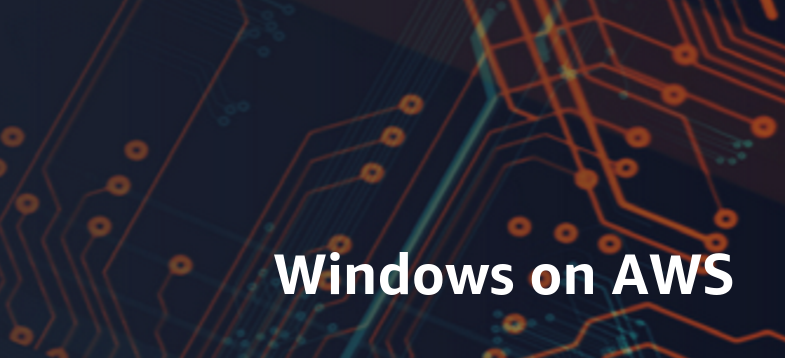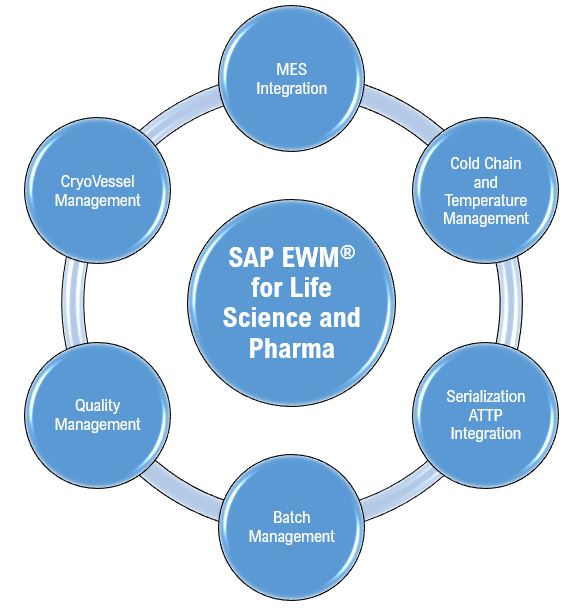Introduction
When compared to other high-income countries, Americans spend 8% more on their health. In fact, over 90% of the US population has health insurance. Thus, there are high expectations for affordable, high-quality, and fair treatment, making this a priority for the entire healthcare ecosystem that comprises providers, payers, members, and patients.
Unfortunately, fragmented legacy systems and multiple-sector M&As mean that stakeholders, data, and processes are disjointed in the healthcare industry. Moreover, member and patient health journeys are slow, complex, and uncoordinated. The winners in this market will be those who leap ahead using technology to improve operational efficiencies and deliver harmonious and excellent patient and member experiences.
Finding the Dots – Key Healthcare Challenges
Presently, healthcare enterprises struggle with a slew of economic, regulatory, societal, and technological obstacles that impact value delivery. The key challenges are:
· Economic – High operational costs and supply chain disruption affect profit margins, forcing employers to re-evaluate group insurance plans. Meanwhile, the increasing cost of living adversely impacts member and patient household budgets. What enterprises need is a way to reduce the cost of care by using healthcare software and platforms with analytics and reporting. This will improve care coordination and preventative care.
· Regulatory – While regulations enable pricing transparency and access to health information, it also increases the administrative, technological, and compliance burdens on payers and providers for managing patient and payment data as well as data privacy, at scale. Solutions that support interoperability and data exchange within the healthcare ecosystem can greatly minimize repetition, ensure data privacy, and slash costs.
· Societal – Post-Covid, there is a greater demand for healthcare services due to chronic diseases. In addition, the shortage of medical talent coupled with the adoption of remote healthcare is forcing healthcare providers to offer at-home monitoring and virtual services so patients can proactively manage their health. Addressing this requires transforming to value-based care models and care management systems focusing on disease prevention and patient experiences. This will be important to ensure patient wellness and improve overall outcomes.
· Technology – Healthcare digitalization brings to the fore trends like virtual patient monitoring, electronic health records, wearables and sensors, telehealth, and digital therapeutics. It calls for aggressive investment in the digital healthcare market for technologies like cloud and new business models that cater to innovative patient care management paradigms.
Connecting the Dots, the Infosys Way – Moving to Harmonious Healthcare
Infosys believes that the rapid digitalization of healthcare can unify systems, processes, and data to connect healthcare journeys, patient outcomes, and business value seamlessly. To this end, Infosys helps healthcare companies simplify complex ecosystems and align streamlined healthcare journeys to business benefits. It delivers a systematic, structural, operational, and digital transformation using a mix of cultural shifts, data democratization, regulatory integrity, and simplified processes.
The two primary beneficiaries of the Infosys way are payers and providers. Here’s how:
· Harmony for payers – Infosys harmonizes multiple systems to modernize technology, streamline data, and connect across ecosystems so that payers can access more efficient healthcare journeys at reduced cost and complexity. By leveraging secure core modernization expertise, cutting-edge AI, and cloud migration, the Infosys approach connects fragmented systems, supports faster data exchange with providers, and delivers operational and business value while improving member experiences. It helps individual payers save costs and lower risk while insurance payers can capitalize on new opportunities and gain a market advantage.
· Harmony for providers – Infosys closes the technology gap by modernizing and connecting systems, allowing providers to deliver improved patient experiences and health outcomes at lower cost and complexity. Armed with end-to-end specialist healthcare expertise, a proven culture of innovation, and unique engagement models, Infosys gives healthcare providers digital transformation assurance. As a result, providers can establish resilient, future-ready systems and processes at speed, thereby improving health journeys at affordable patient costs. They also benefit from better market perception, the ability to respond to market conditions, improved quality of care, and operational efficiencies.
Conclusion
A digital-first, automation-led approach can build connections within healthcare ecosystems and harmonize healthcare delivery for all stakeholders. The starting point is finding the right technological transformation partner that mirrors your enterprise’s digital healthcare vision.









